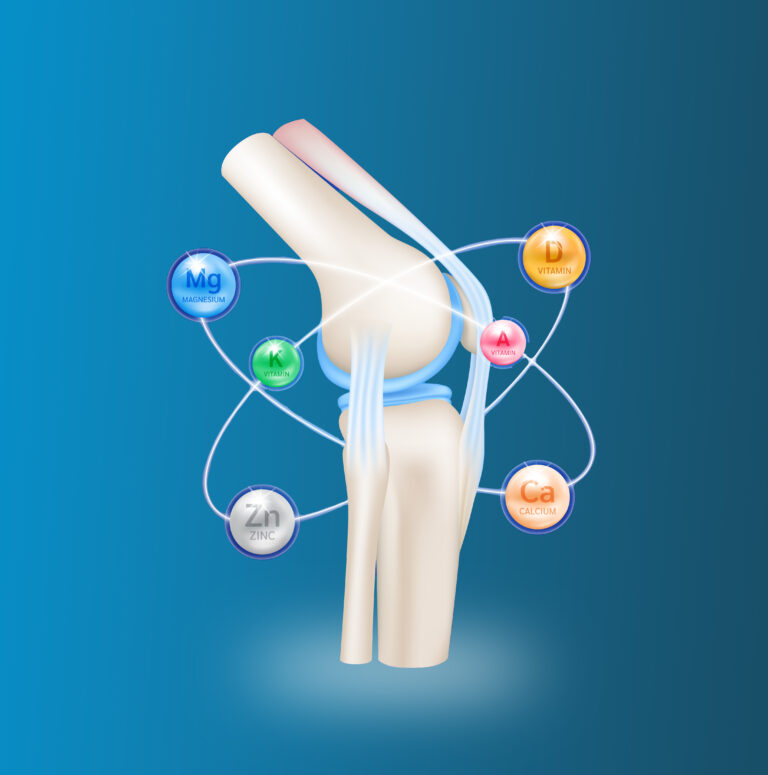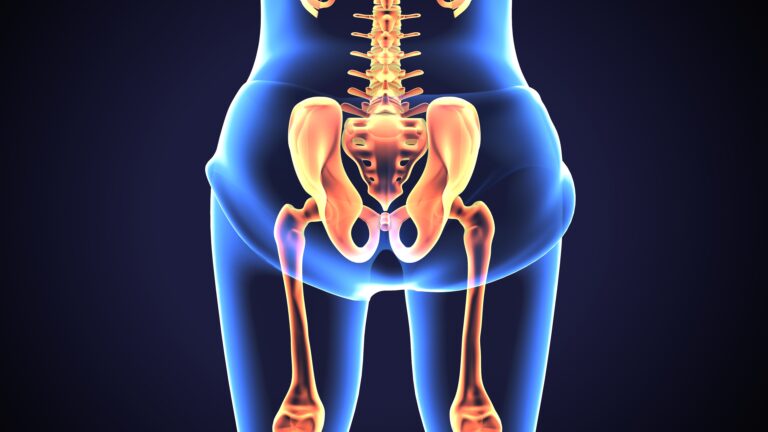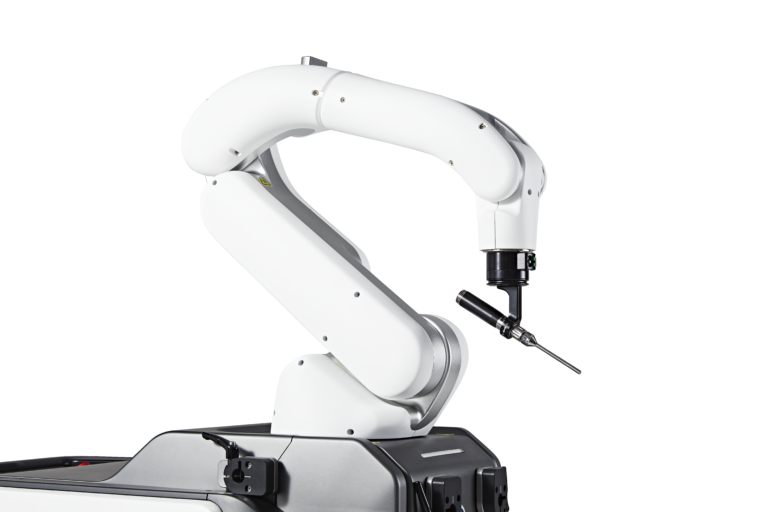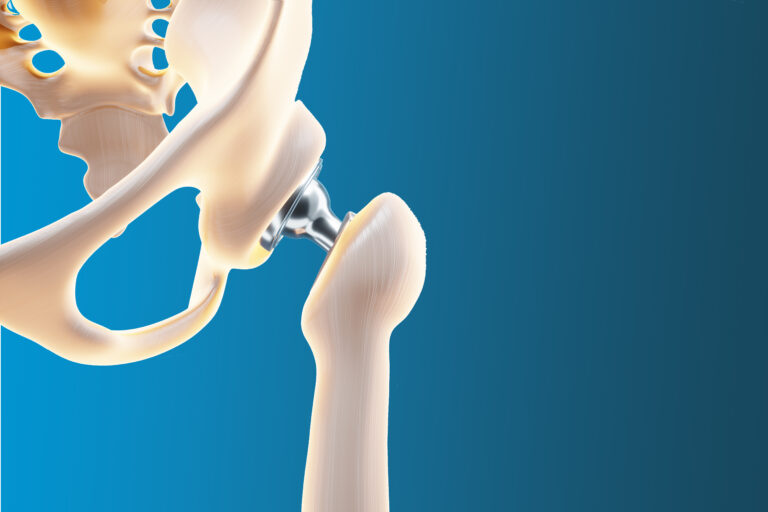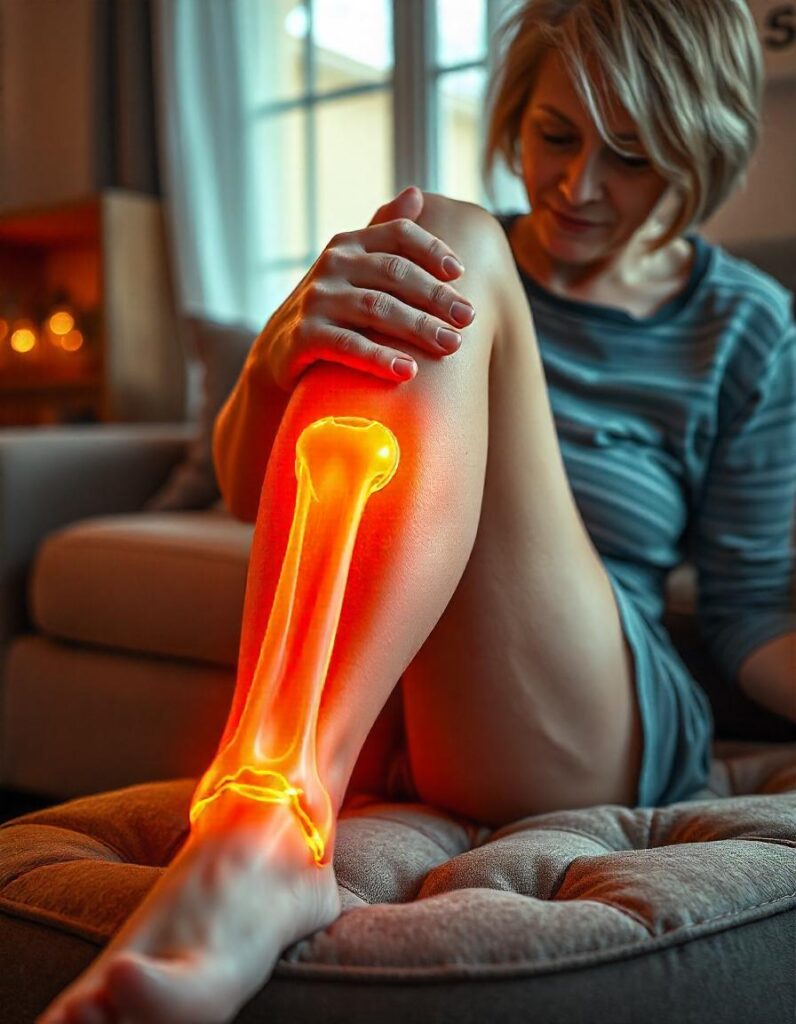
Early Signs of Osteoarthritis in Women: Recognizing Symptoms and Managing Joint Health
Osteoarthritis (OA) is a common joint condition, particularly in women over 50. It results from the breakdown of cartilage in the joints, leading to pain and stiffness. Early recognition of symptoms can help in managing and slowing the progression of OA.
1. Common Early Symptoms
- Pain in Joints:
- Typically, women experience pain in weight-bearing joints like the knees and hips. This pain often worsens after activity.
- Stiffness After Rest:
- Stiffness, especially in the morning or after periods of inactivity, is a hallmark of osteoarthritis.
- Joint Swelling and Tenderness:
- Swelling around the joints, particularly in the hands and knees, can indicate the early stages of OA.
2. Managing Osteoarthritis Symptoms
- Exercise:
- Low-impact exercises such as swimming, cycling, and walking can strengthen muscles and reduce joint pain.
- Weight Management:
- Maintaining a healthy weight reduces pressure on the joints, particularly in the knees and hips.
- Medications:
- Over-the-counter pain relievers and anti-inflammatory drugs help manage pain and reduce inflammation in the joints.
Differences in Osteoarthritis Development for Women
- Hormonal Influence:
- Estrogen plays a protective role in joint health. Women are more prone to developing OA after menopause due to a decrease in estrogen levels.
- Joint Structure:
- Women have broader hips and a different alignment in their knees, increasing the likelihood of joint wear and tear.
Key Takeaway:
Osteoarthritis in women can be managed effectively if recognized early. Incorporating low-impact exercise, maintaining a healthy weight, and seeking medical advice can slow the progression of OA and alleviate symptoms.
Disclaimer:
The information provided is for educational purposes only and should not be considered medical advice. Always consult with a healthcare professional for an accurate diagnosis and personalized treatment plan for osteoarthritis. Early signs and symptom management may vary based on individual health conditions and severity. This content aims to raise awareness about recognizing osteoarthritis in women and effective symptom management. Results and treatment outcomes can differ, and professional guidance is crucial for managing the condition effectively.

